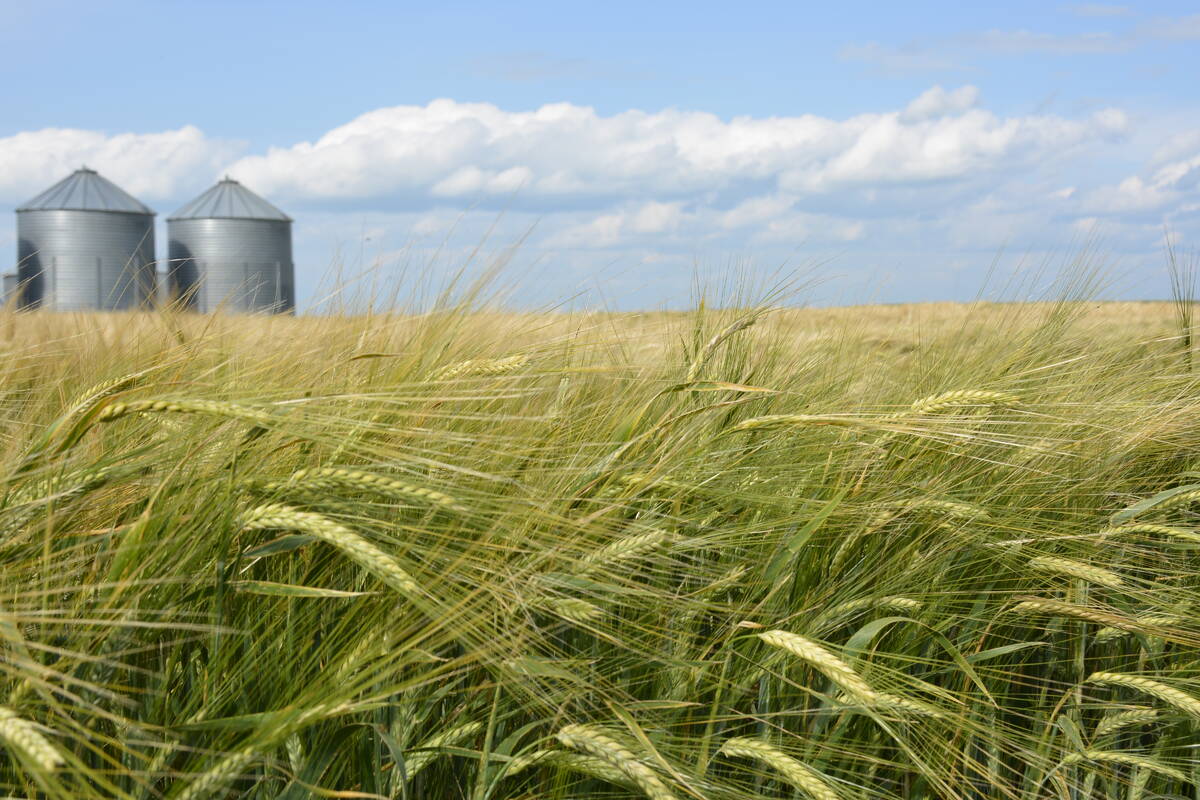Leading grain storage researchers hope to bury the night-drying-only theory at a Sept. 27 seminar at the University of Manitoba.
The researchers will argue that not only does the approach work worse than other grain drying systems but also leaves crops poorly dried in normal prairie weather.
“It was found that the (fan on only during the night) control strategy gave very poor drying results in comparison to other control strategies, especially the inability to complete the drying cycle in the required time,” says an abstract of the presentation to be given by Chandra B. Singh, a biosystems engineer and grain storage expert who works for OPIsystems, Inc., a provider of drying technology.
Read Also

StatCan stands by its model-based crop forecast
Statistics Canada’s model-based production estimates are under scrutiny, but agency says it is confident in the results.
Singh, who has published a paper to refute the night drying strategy with researcher Ronald Larson and U of M vice-president for research Digvir Jayas, said it works only as long as the grain being dried is hotter than the air temperature, which doesn’t last long. Singh’s research has concluded that it is the worst method when compared to the other main systems.
In an email response, Jayas said farmers often find it difficult to complete drying before winter, and drying only at night makes it harder.
“Controlling (the) drying process by a simple rule of night time drying only could potentially result in failure of drying and spoilage of grain and a farmer may be left with a significant loss.”
He said if farmers want to set up a simple method, they could leave the properly sized fan on continuously to ensure drying without spoilage, but he added it would not be cost-effective and grain may be over dried.
Drying only at night doesn’t fit the view of mainstream drying experts.
However, the idea was popularized in 2012 when research engineer Ron Palmer argued that hot day air can carry more moisture into a stored grain crop than it removes, while cold night air is drier and will remove more moisture from the grain. He argued farmers should often be running only aeration systems at night.
Chandra, Singh and Larson argue in their paper that this is not a new concept, having been promoted by another researcher in the United States in 2003.
However, the earlier version called for grain to be repeatedly heated to allow night air drying to occur.
They argue that the reheating could damage grain, while using only cold night air becomes ineffective once the grain cools.
Traditional and sophisticated modern methods do a much better job of uniform drying and quality protection, they say.
When using average temperatures and moisture for the last week of Sep-tember and first week of October near Indian Head, Sask., which are prime harvested grain drying days, the researchers found that hotter day air often had a better drying effect than cold night air because the cold air was less able to absorb moisture.
They concluded that a system based on “equilibrium moisture content” of the air rather than arbitrary daytime or nighttime preferences worked best to evenly dry grain with little loss.
Jayas added in his email that the drying at night only theory has not been validated scientifically and the research work has not been published in peer reviewed literature.
“From our experience, we know that it is going to fail in many cases. The bins used were not practical and had much higher airflow rates. It is practically difficult to get 1.5 cfm/bu. airflow in larger farm bins (e.g., 48 foot bin) so with night only drying grain would not reach the target moisture.”

















